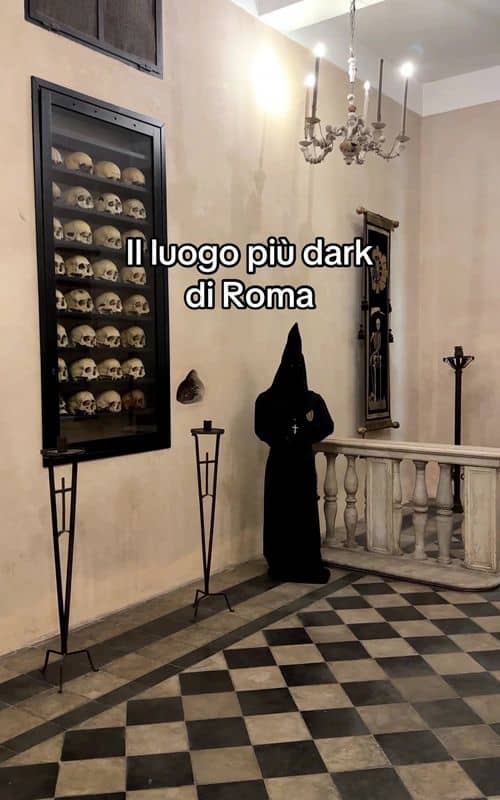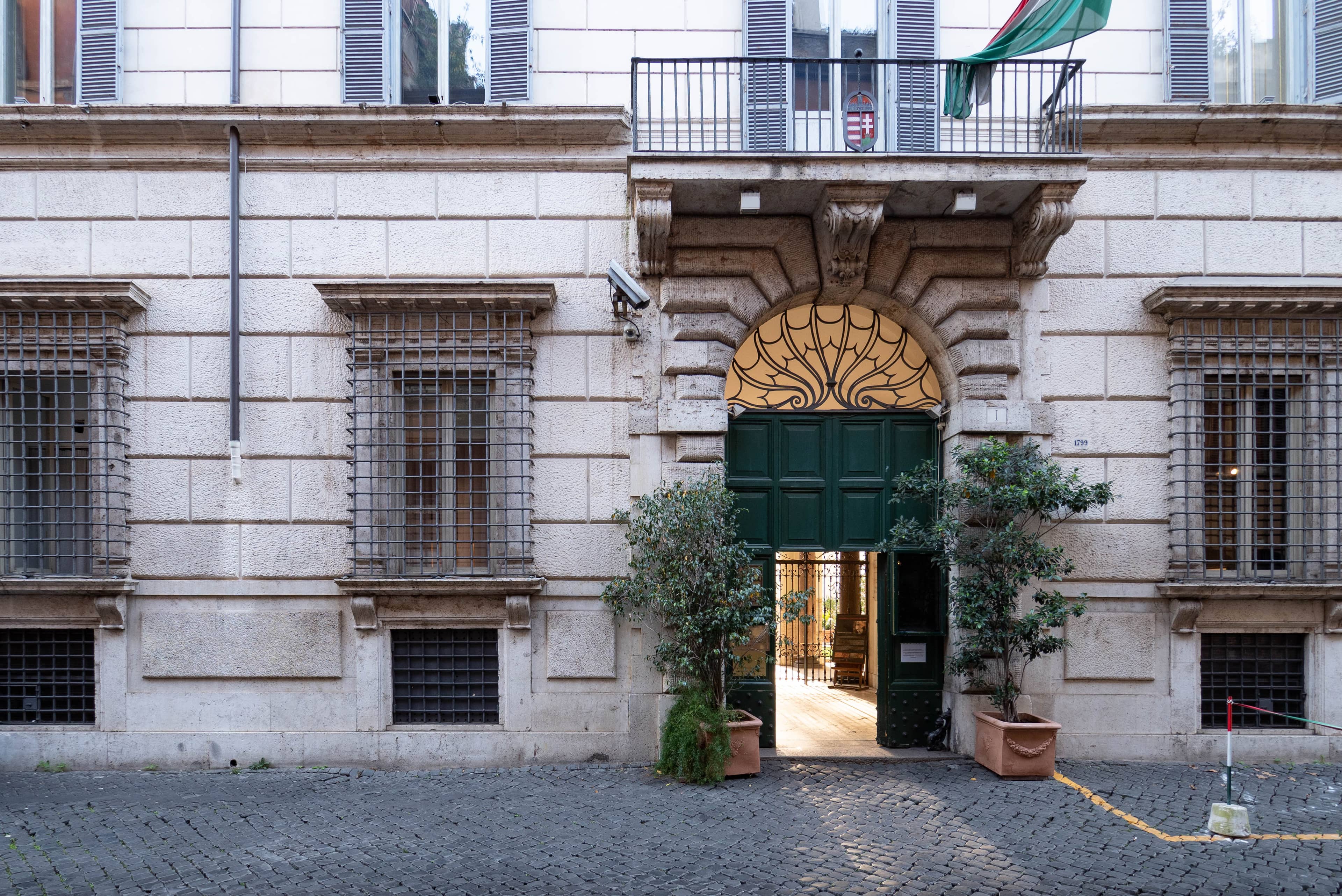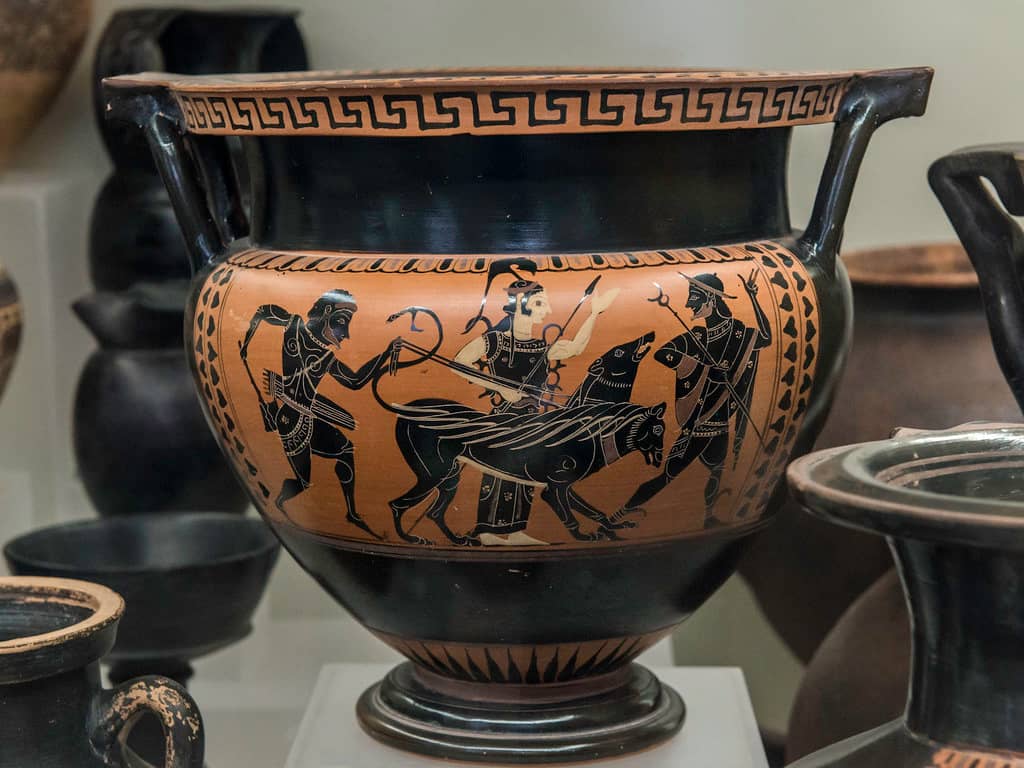
Via Giulia Rome
A historic Roman street designed by Bramante, lined with Renaissance palaces, churches, and antique shops.
Highlights
Must-see attractions

Social
From TikTok & Reddit
Best Time
Fewer crowds, peaceful atmosphere

Via Giulia Rome
Best Time
Fewer crowds, peaceful atmosphere
Highlights
Must-see attractions
A historic Roman street designed by Bramante, lined with Renaissance palaces, churches, and antique shops.
"Via Giulia offers a sophisticated stroll through Rome's Renaissance past, a true architectural gem."

🚶♀️ Walk the entire length
Explore from end to end to appreciate its history and architecture.
🏛️ Admire the architecture
Look up! Many buildings have stunning facades and historical details.

Highlights
Discover the most iconic attractions and experiences
Santa Maria del Suffragio
Via Giulia
A stunning Baroque church with a unique elliptical dome, a true architectural gem.

Palazzo Falconieri
Via Giulia
An impressive Renaissance palace, showcasing grand architecture and historical significance.

Antique Shops & Galleries
Along Via Giulia
Discover unique treasures and local art in the charming boutiques lining the street.
Plans like a pro.
Thinks like you
Planning Your Visit
Timing Your Via Giulia Stroll
Navigating Via Giulia's Charm
Best Times
Insider Tips
from TikTok, Instagram & Reddit
🚶♀️ Walk the entire length
Explore from end to end to appreciate its history and architecture.
🏛️ Admire the architecture
Look up! Many buildings have stunning facades and historical details.
Via Giulia (October 2007) [OC]
☕ Stop for a coffee break
Enjoy a classic Italian coffee at one of the charming cafes.
🖼️ Browse antique shops
Find unique souvenirs and art pieces along the street.
Via Giulia (September 2015) [OC]
Tips
from all over the internet
🚶♀️ Walk the entire length
Explore from end to end to appreciate its history and architecture.
🏛️ Admire the architecture
Look up! Many buildings have stunning facades and historical details.
☕ Stop for a coffee break
Enjoy a classic Italian coffee at one of the charming cafes.
🖼️ Browse antique shops
Find unique souvenirs and art pieces along the street.
⛪ Visit Santa Maria del Suffragio
Don't miss this Baroque masterpiece, even if it's under restoration.
What Travellers Say
Reviews Summary
Via Giulia is praised for its elegant, historic atmosphere and beautiful Renaissance architecture, offering a peaceful escape from Rome's bustle. Visitors enjoy browsing antique shops and admiring landmarks like Santa Maria del Suffragio. Some find it a bit quiet with fewer dining options directly on the street.
"Walking down Via Giulia feels like stepping back in time. One of Rome’s most elegant and historic streets, it was designed in the early 16th century under Pope Julius II (hence the name) as part of an ambitious plan to modernize the city. It was one of the first straight roads in Renaissance Rome, cutting through medieval chaos to create a grand boulevard lined with aristocratic palaces, churches, and hidden courtyards. Today, its quiet beauty offers a welcome escape from the crowds.
As we strolled along, we passed the Fontana del Mascherone, an understated yet intriguing fountain linked to the powerful Farnese family, with their signature fleur-de-lis carved into the stone. Not far from here, the Arco dei Farnesi—a fragment of an unfinished bridge that was meant to connect Palazzo Farnese to the family’s gardens across the Tiber—remains a striking reminder of Rome’s grand but sometimes unrealized visions.
Despite its serene atmosphere today, Via Giulia has seen centuries of intrigue, from noble processions to duels and artistic inspiration. Lined with ivy-covered façades, antique shops, and hidden corners, it’s the perfect place to wander without an agenda, soaking in Rome’s layers of history. Whether you’re seeking architecture, history, or just a peaceful Roman moment, this street is a must for any visitor looking to experience the city beyond its main tourist spots."
I. Morgan
"Personally my favorite street in Rome. Audrey Hepburn lived there for 5 years.
Charming and artistic street."
Denitsa G.
"One of the most historical streets in Rome. It’s straight, long, and full of Renaissance palaces, old churches, and quiet corners. I sometimes take portraits here, especially with couples looking for something different.
It was designed in the 1500s by Pope Julius II as part of Rome’s modernization plan.
Romantic, elegant, and very quiet great for early morning walks and photos."
Mojtaba Razaghi
What People Like
What People Dislike
Frequently Asked Questions
🚇 🗺️ Getting There
Via Giulia is easily accessible by public transport. You can take buses that stop near Piazza Navona or Largo di Torre Argentina, and then enjoy a short walk. If driving, be mindful of ZTL (Limited Traffic Zones); parking is available at Lungotevere Tor di Nona or Piazza Cavour underground parking.
Yes, Via Giulia is very walkable from many central Rome landmarks. It's a pleasant stroll from Piazza Navona, Campo de' Fiori, and the Vatican City area.
Walking is highly recommended to fully appreciate the street's charm. Alternatively, local buses are a convenient option.
Yes, you can find parking garages at Lungotevere Tor di Nona and Piazza Cavour, which are relatively close to Via Giulia.
The nearest metro stations are a bit of a walk, so buses or walking are generally more direct options for reaching Via Giulia.
🎫 🎫 Tickets & Entry
No, Via Giulia is a public street, so there are no tickets required to walk along it and enjoy the atmosphere.
Most churches on Via Giulia are free to enter, though donations are always appreciated. Santa Maria del Suffragio may have specific visiting hours.
Shop hours can vary, but generally, antique shops and galleries are open during typical business hours, often closing for a lunch break. It's best to check individual shop times if you have specific places in mind.
As a public street, Via Giulia is generally accessible at all times for walking. However, individual businesses and churches will have their own operating hours.
Yes, you can walk along Via Giulia at night, and it offers a different, more romantic ambiance. However, shops and churches will be closed.
📸 📸 Photography
The entire street is photogenic! Look for unique architectural details, the Tiber River views, and the charming facades of buildings like Palazzo Falconieri. The curve of the street itself is also a great subject.
Late afternoon, during the 'golden hour,' offers beautiful light that enhances the historic buildings. Early mornings are also great for fewer people and soft light.
Generally, no restrictions apply to public street photography. However, always be respectful when photographing inside churches or private properties.
A versatile lens, like a 24-70mm, is useful for capturing both street scenes and architectural details. A wide-angle lens can be great for the street's perspective.
Drone usage in Rome is highly regulated and often prohibited in historic city centers due to safety and privacy concerns. It's best to avoid drones.
🎫 🚶♀️ Onsite Experience
Via Giulia is perfect for a leisurely stroll, admiring Renaissance architecture, browsing antique shops and art galleries, and visiting historic churches like Santa Maria del Suffragio.
Yes, the antique shops and boutiques along Via Giulia offer unique and often high-quality souvenirs, from art to vintage items.
It has a sophisticated yet relaxed atmosphere, reminiscent of old Rome, with beautiful architecture and a sense of history.
While not packed with restaurants, you can find charming cafes and trattorias along or just off Via Giulia for a coffee or a meal.
Allocate at least 1-2 hours to walk the street, browse shops, and admire the architecture. You could easily spend longer if you delve into the galleries or enjoy a meal.
For Different Travelers
Tailored advice for your travel style
👨👩👧 Families with Kids
🚶♀️ History Buffs & Architecture Enthusiasts
🛍️ Shoppers & Art Collectors
Deep Dives
In-depth insights and expert knowledge
The Architectural Vision of Via Giulia
Despite its ambitious beginnings, the street's development was somewhat interrupted by historical events and financial constraints. However, it still retains much of its original grandeur and architectural integrity. Key landmarks include the Palazzo Falconieri, a magnificent example of Baroque architecture attributed to Borromini, and the Church of Santa Maria del Suffragio, also featuring Borromini's distinctive elliptical design. The street's layout and the surviving buildings offer a tangible connection to Renaissance urban design and papal patronage.
Today, Via Giulia is celebrated for its elegant atmosphere and its concentration of art galleries, antique shops, and historical buildings. It serves as a testament to Bramante's vision and Rome's enduring architectural heritage. A walk along Via Giulia is a journey through history, offering a glimpse into the city's past as a center of art, power, and culture.
Exploring Via Giulia's Artistic and Antique Treasures
Many of these shops have been part of the Via Giulia landscape for generations, contributing to its character and charm. The quality and variety of items on display reflect Rome's rich artistic history and its enduring appeal to collectors. It’s not just about shopping; it’s about appreciating craftsmanship and the stories behind each piece.
Beyond the shops, the street itself is an open-air gallery. The architectural styles of the palaces and churches, such as the Church of San Biagio della Pagnotta and the Palazzo dei Tribunali, showcase different periods of Roman architectural evolution. Keep an eye out for subtle details, ornate doorways, and historical markers that tell the story of this significant street.






Social
from TikTok, Instagram & Reddit